.png)
Communication Barriers
Have you ever faced challenges when trying to communicate or build a rapport with someone? Do you know what kind of communication barriers one needs to overcome to become better at communication? How often does your communication breakdowns in your workplace?
Here are some of the communication barriers one needs to overcome to communicate effectively.
Language Barrier:
This refers to the difficulty in communication caused by using different languages. It can lead to misunderstandings, confusion, and misinterpretations, which can hinder effective communication.
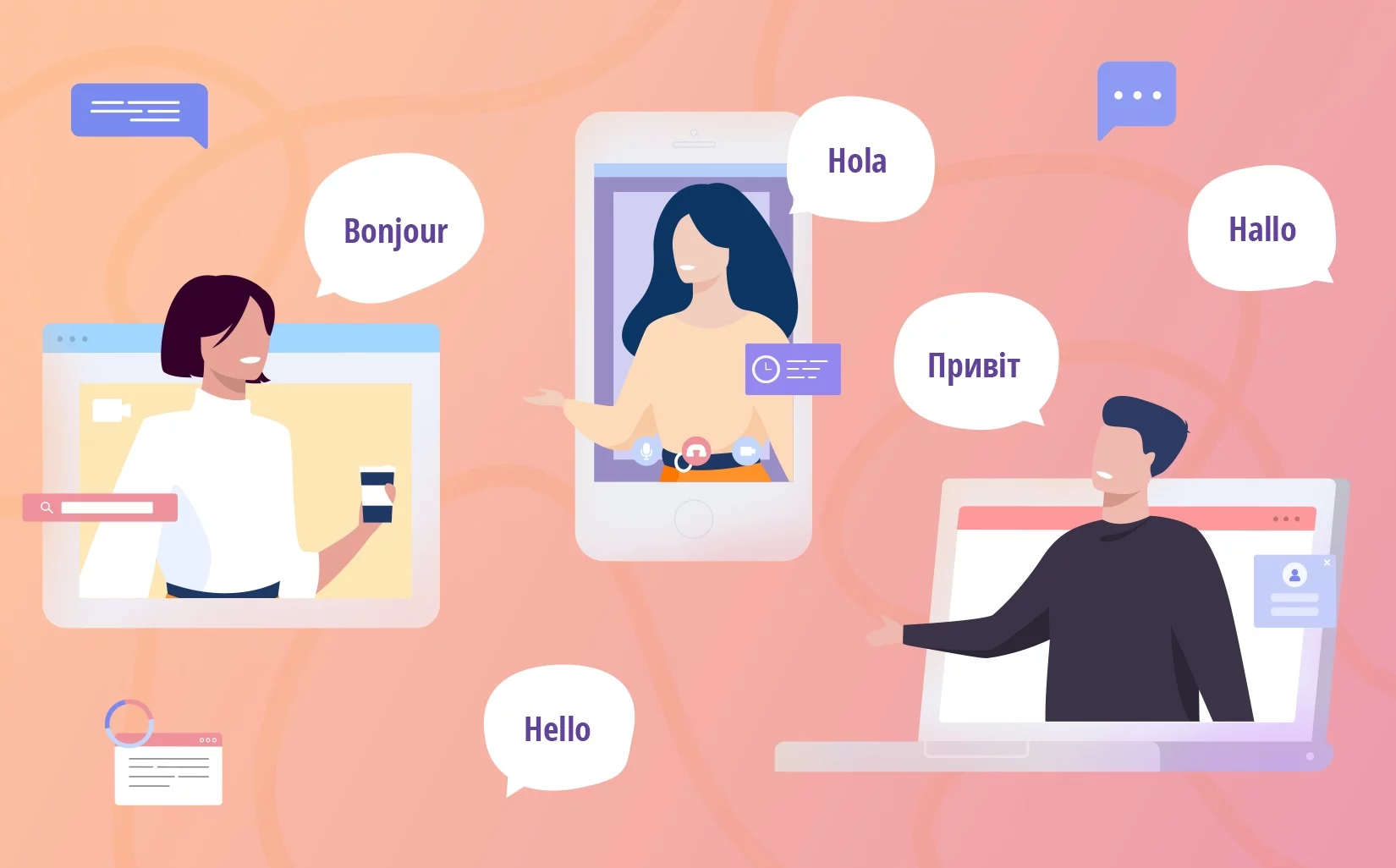
Example: A Spanish-speaking patient visits a hospital in a predominantly English-speaking area, and the hospital provides an interpreter to facilitate communication between the patient and medical staff.
Tactics: Use translation tools or hire an interpreter to facilitate communication.
Cultural Barrier:
This type of barrier occurs when people from different cultures have different ways of communicating and interpreting messages. Cultural barriers can include differences in values, customs, and beliefs, which can create misunderstandings and conflict.
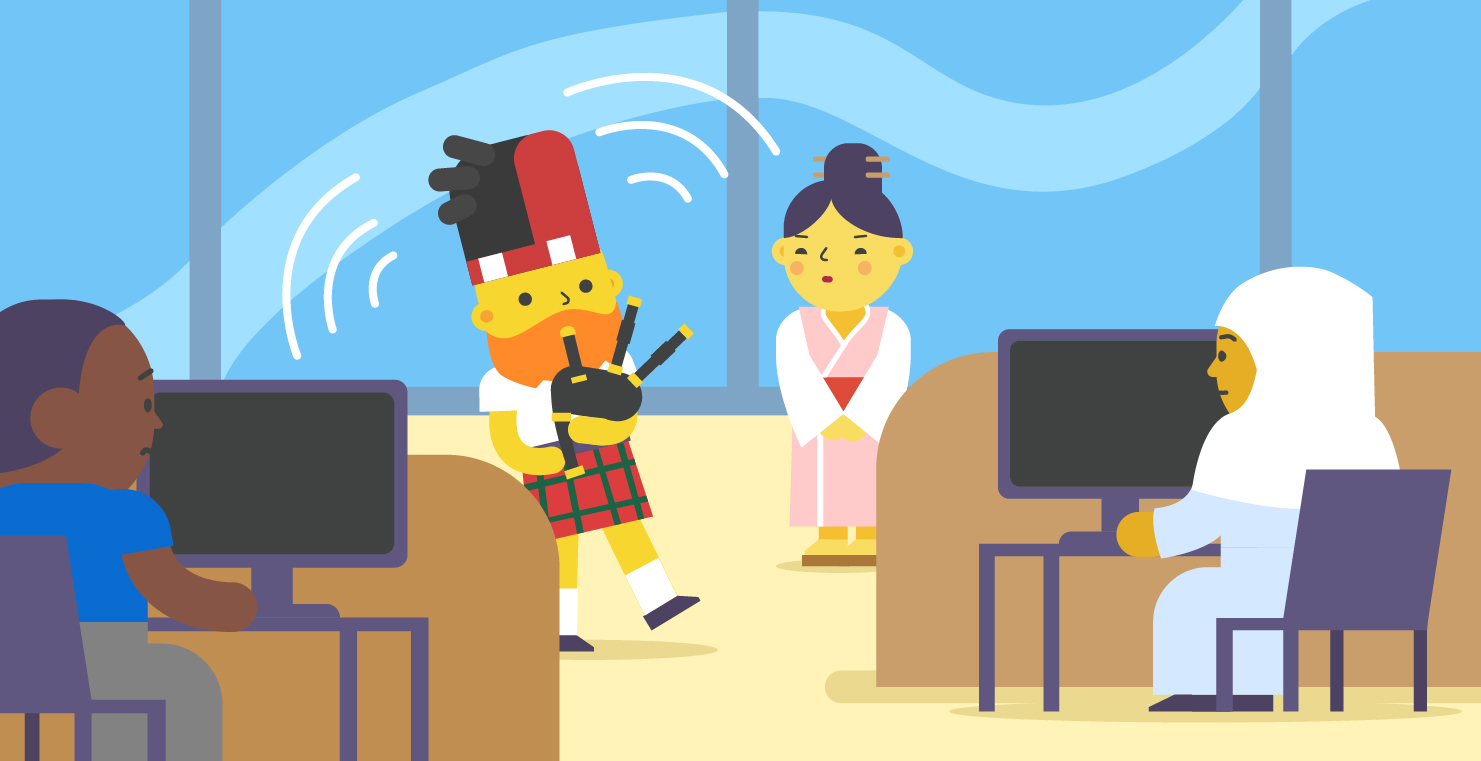
Example: An American businessperson travels to Japan for a meeting and learns about Japanese business culture, including the importance of indirect communication and respect for hierarchy.
Tactics: Learn about different cultures and their communication styles to understand and appreciate their perspectives.
Physical Barrier:
Physical barriers are obstacles that prevent or limit effective communication, such as distance, noise, and visual obstructions. These barriers can make it difficult for people to hear or see each other, leading to misunderstandings or incomplete messages.

Example: A student with hearing loss wears hearing aids and sits in the front of the classroom to better hear the teacher's lectures.
Tactics: Minimize noise and visual obstructions, use amplification or other assistive devices, or communicate via technology.
Perceptual Barrier:
Perceptual barriers refer to differences in how people perceive and interpret information. People have different beliefs, attitudes, and experiences that influence how they interpret and respond to messages, which can create communication barriers.

Example: A manager receives feedback from an employee and practices active listening to understand the employee's concerns and respond appropriately.
Tactics: Practice active listening, ask for clarification, and use clear and concise language to avoid misunderstandings.
Emotional Barrier:
Emotional barriers are created by emotional states such as anger, stress, or anxiety, which can interfere with effective communication. These emotions can cause people to become defensive, withdrawn, or aggressive, making it difficult to communicate effectively.

Example: A couple in therapy practices emotional intelligence to express their feelings and work through conflicts in a healthy way.
Tactics: Practice emotional intelligence, such as empathy and self-awareness, to understand and manage emotions during communication.
Attitudinal Barrier:
Attitudinal barriers are caused by a person's attitude, bias, or prejudice towards another person or group. These attitudes can cause people to dismiss or ignore messages, leading to miscommunication and conflict.
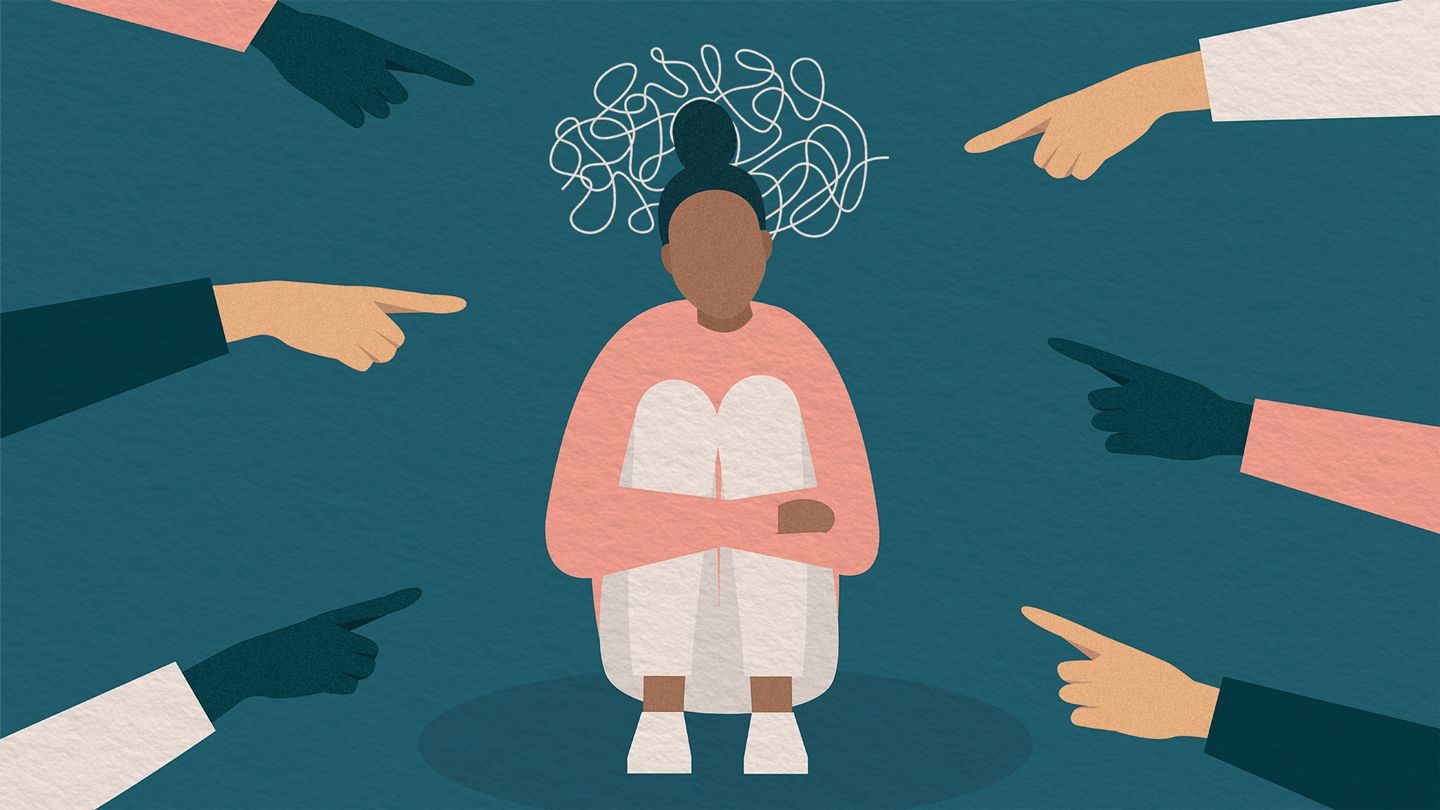
Example: A person challenges their personal biases against a certain demographic group and learns to communicate and collaborate more effectively with people from that group.
Tactics: Challenge personal biases and assumptions and focus on understanding the other person's perspective.
Gender Barrier:
This barrier is created by the difference in communication styles between men and women. Men and women often have different communication styles, which can lead to misunderstandings and conflict.

Example: A male manager learns to adapt his communication style to better communicate with female team members, who have different communication preferences.
Tactics:Be aware of and respect gender differences in communication styles and adapt your approach accordingly.
Interpersonal Barrier:
Interpersonal barriers occur when there are issues with relationships between people. These barriers can include personality conflicts, power struggles, or a lack of trust, which can make it difficult to communicate effectively.
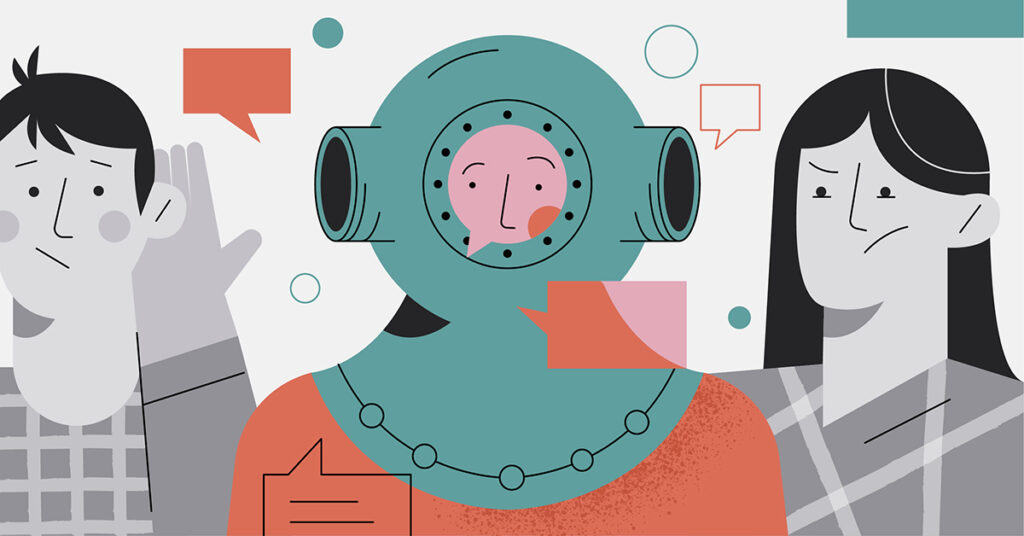
Example: Two colleagues who have had conflicts in the past work to build trust and rapport by acknowledging their differences and working together to find solutions.
Tactics: Build trust and rapport with others, and address conflicts proactively to improve communication.
Organizational Barrier:
Organizational barriers are created by the structure, culture, and policies of an organization. These barriers can include a lack of communication channels, bureaucracy, and conflicting goals or priorities, which can hinder effective communication.

Example: A group of employees advocate for changes to their organization's communication policies to allow for more open communication and collaboration.
Tactics: Advocate for changes to organizational policies or structures that hinder communication and encourage open communication channels.
Technological Barrier:
Technological barriers occur when there are issues with technology used for communication. These can include problems with hardware, software, or connectivity, which can lead to delays, misunderstandings, or incomplete messages.

Example: A company uses reliable video conferencing software and tests it beforehand to avoid technical difficulties during virtual meetings.
Tactics: Use reliable technology and test it beforehand and have backup communication methods available.
Language Jargon Barrier:
This type of barrier occurs when people use technical or specialized language that is unfamiliar to others. It can create confusion, misunderstandings, and a lack of clarity in communication.

Example: A scientist explains their research to a non-scientist using clear and simple language and takes the time to explain any technical terms.
Tactics: Use clear and simple language and explain technical terms when necessary.
Generational Barrier:
Generational barriers occur when people from different age groups have different communication styles or preferences. These can include differences in technology use, language, and social norms, which can make it difficult for people to communicate effectively.
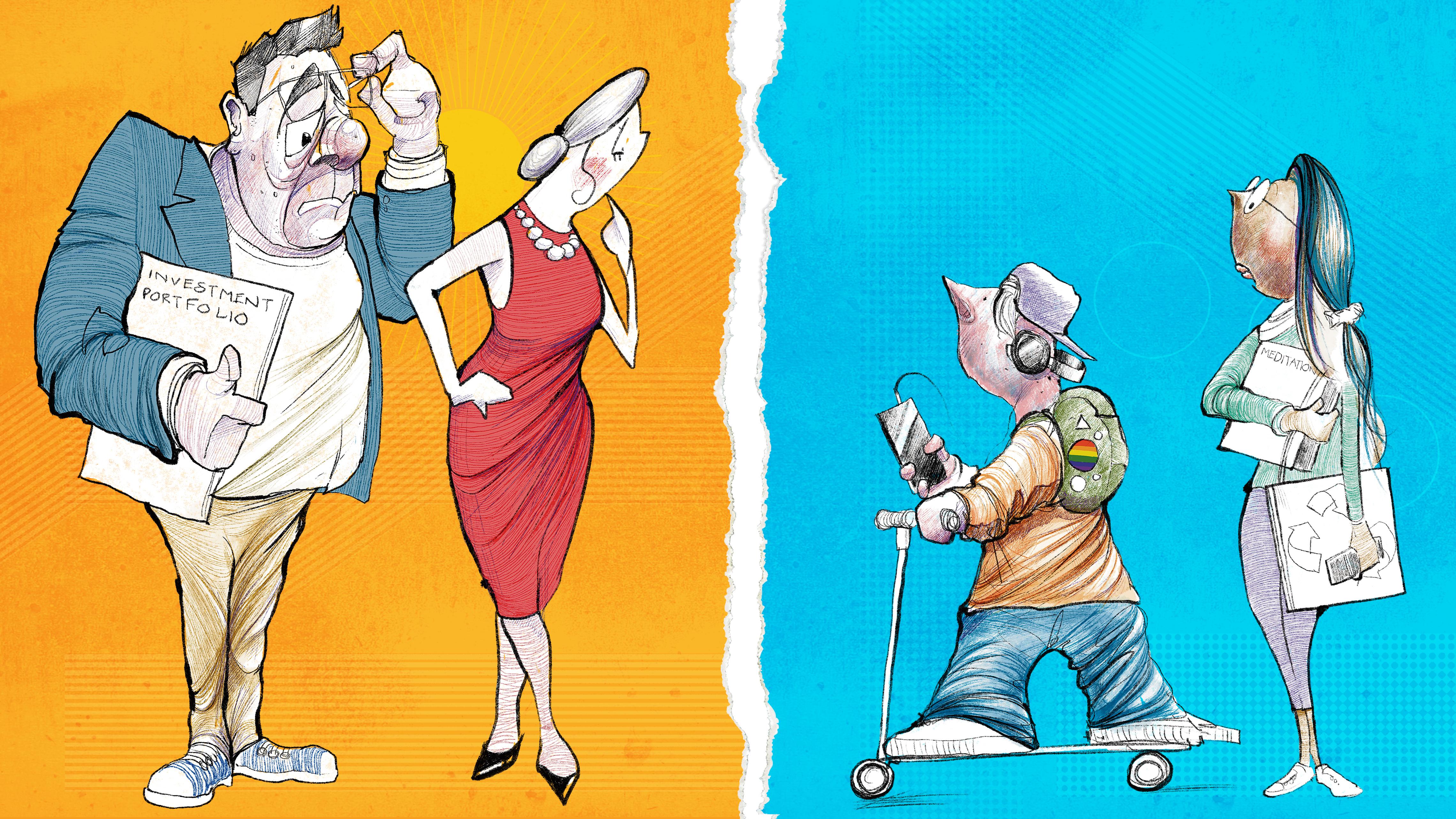
Example: A supervisor adapts their communication style to better connect with younger employees who prefer texting and social media over email and phone calls.
Tactics: Be aware of and respect generational differences in communication styles and adapt your approach accordingly.
Physiological Barrier:
Physiological barriers occur when there are physical disabilities that make communication difficult. These can include hearing or vision impairment, which can make it difficult to receive or transmit messages effectively.
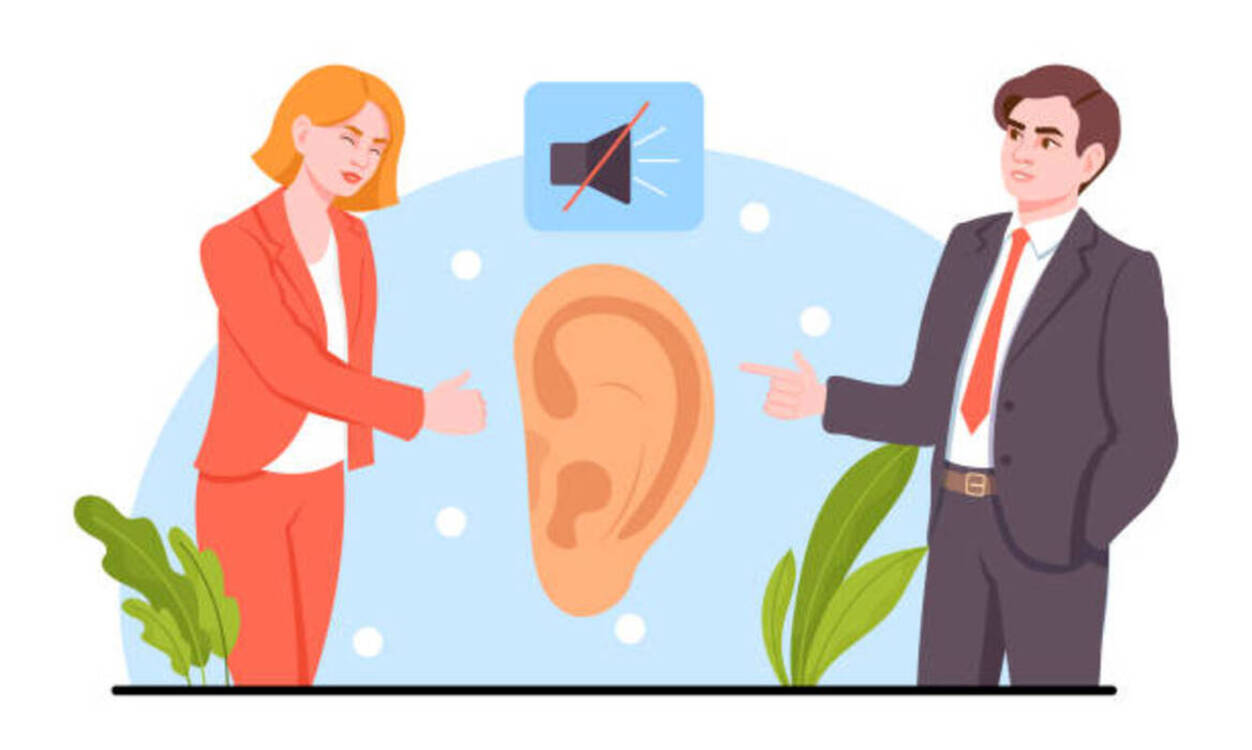
Example: A teacher uses a sign language interpreter to communicate with a deaf student and provides written materials and visual aids to supplement communication.
Tactics: Use assistive devices or communication aids and be patient and supportive when communicating with someone with a physical disability.
Environmental Barrier:
Environmental barriers are created by the environment in which communication takes place. This can include noise, temperature, lighting, or other factors that can interfere with effective communication.
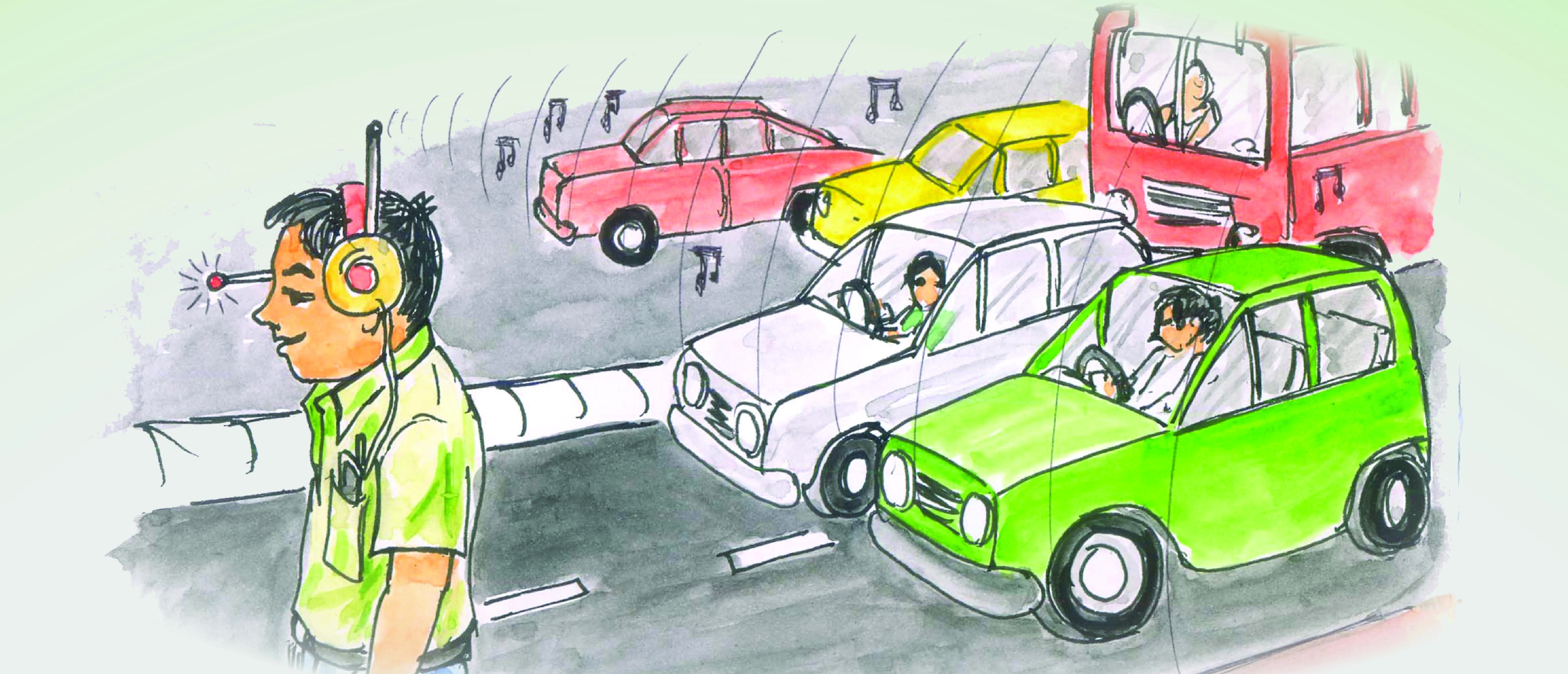
Example: Two colleagues choose a quiet conference room for their meeting to avoid distractions and ensure clear communication.
Tactics: Choose an appropriate environment for communication, such as a quiet room or well-lit area.
Political Barrier:
Political barriers are created by differences in political beliefs, values, or ideologies. These can lead to conflict, misunderstandings, and a lack of trust, which can hinder effective communication.
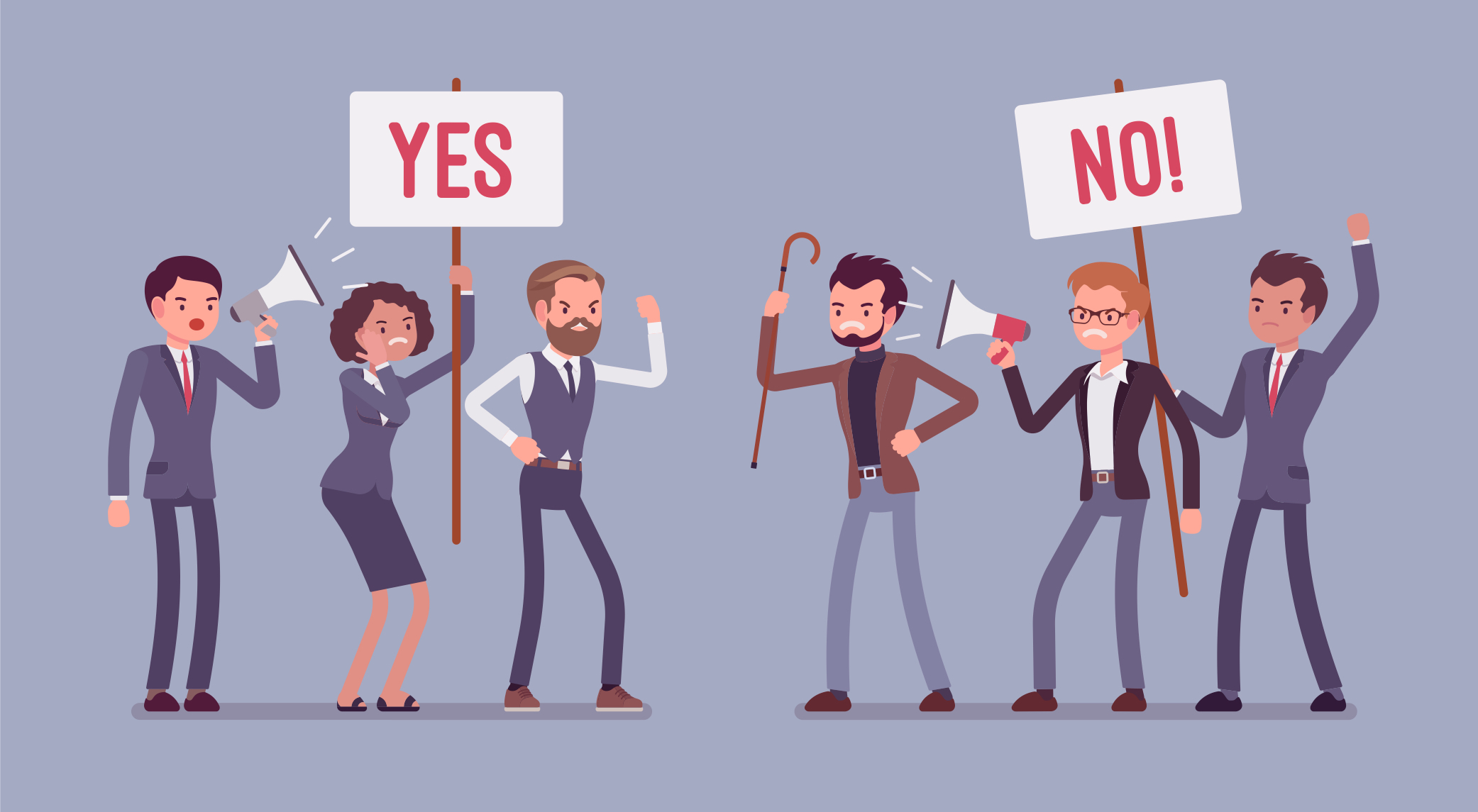
Example: A group of co-workers with different political beliefs come together to work on a project, and they agree to focus on the task at hand rather than political differences.
Tactics: Respect differences in political beliefs and ideologies and focus on common goals and interests to improve communication.